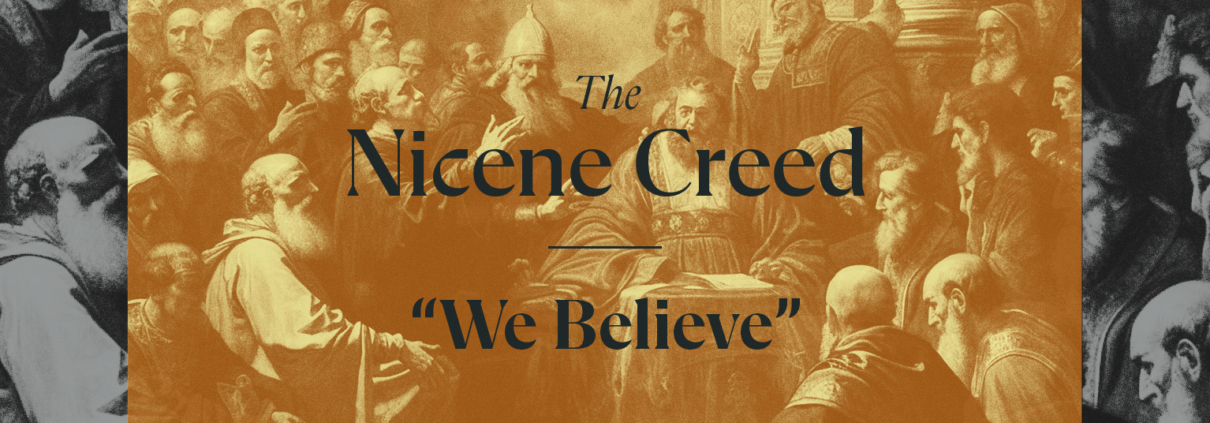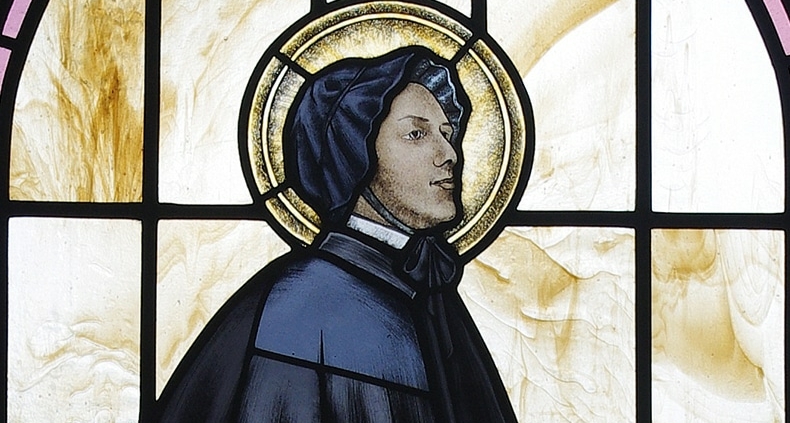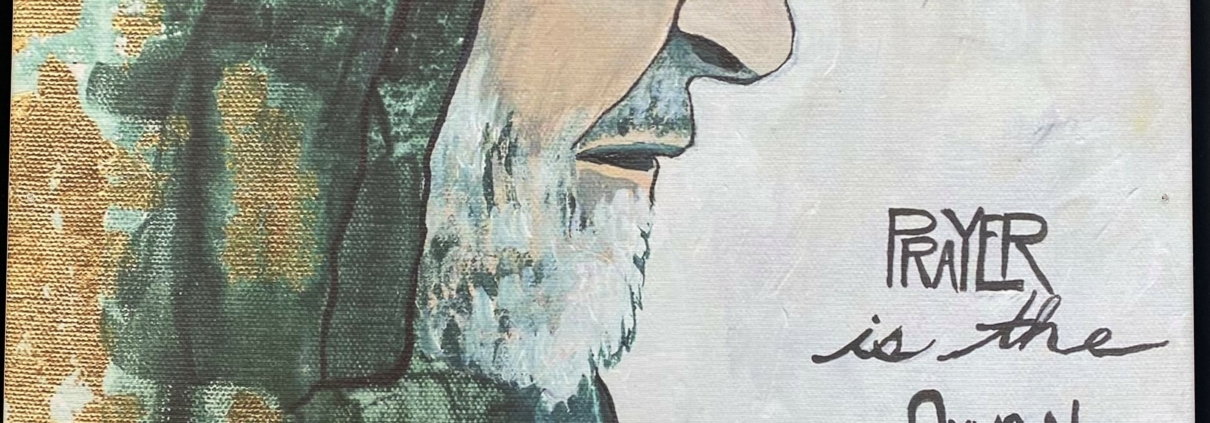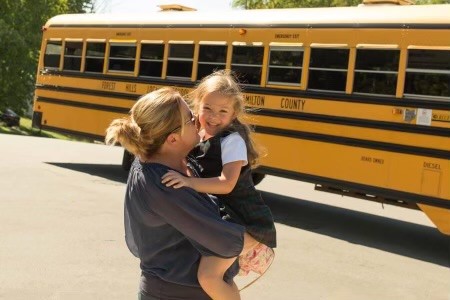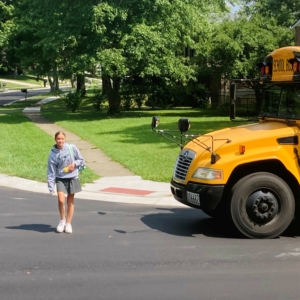The eloquent ambiguity of ‘I Believe’
By Bishop Robert Barron.
There is an eloquent ambiguity in the way in which the opening word of the Nicene Creed has come down to us. Our best evidence suggests that in the formula that goes back to the Nicene Fathers themselves, the word is pisteuomen (we believe), but as the Creed has been passed on, translated, and used in liturgical settings, pisteuomen often became pisteuo (I believe). The ancient Latin translation indeed begins with Credo (I believe). For the first several decades of my life, the Church commenced the Creed at Mass with “we believe,” but about ten years ago, it switched back to a rendering of the standard Latin version: “I believe.” I say that the ambiguity is eloquent, for there is value in both forms.
On the one hand, “we believe” effectively emphasizes the communal and corporate dimension of the Church’s faith: we are in this Christian project together and never individualistically. Moreover, it indicates how, in a sense, we believe not only with others but in some cases for others. Perhaps my conviction regarding an article of the Creed is wavering, but yours is strong, and mine is firm with respect to another article, and yours is weak. The “we believe” allows us to find mutual support in our faith.
However, the “we believe” also allows us to escape, at least to some degree, personal responsibility. Do I truly believe this? What is at stake in agreeing to this ancient statement is not a triviality or even a matter of purely epistemic interest. Rather, the issues raised by the Creed have to do with where a person stands most fundamentally. And therefore, in another sense, it is altogether appropriate that the one who recites the Creed commence by saying unequivocally, “I believe.”
The verb itself is of crucial importance: “believe.” Especially mindful of the army of the unaffiliated, those who have either never been exposed to a serious presentation of the faith or have actively left religious practice behind, I want to stress, as strongly as I possibly can, that authentic faith or belief has not a thing to do with naïve credulity or accepting claims on the basis of no evidence. Faith, in a word, is never below reason, never infra-rational. The Church has absolutely no interest in encouraging superstition or intellectual irresponsibility. Rather, real faith is supra-rational, above what reason can grasp. If we must speak of a certain darkness in regard to the matters of faith, it is the darkness that comes from too much light, rather than from defect of light.
If I might propose a somewhat homely analogy, the play between reason and faith in regard to God is something like the play between reason and faith in regard to coming to know another human being. To be sure, investigation, examination, research, and observation all play a role in this process, but finally, if one wishes to know the heart of another person, he has to wait until that other reveals himself, and then he has to decide whether he believes what he has been told. An aggressive reason that seeks always to grasp on its own terms will never come to know deeper dimensions of reality, including and especially the personal. Such depths can be plumbed only through something like a faith that accepts and receives.
It is worth noting that in Thomas Aquinas’ religious epistemology, faith is a rare case of the will commanding the intellect. Typically, in Aquinas’ account, it is just the opposite: will is a function of the intellect, responding to what the intellect presents to it. But when it comes to faith, the will, in a way, comes first, for it commands the intellect to assent, and it does so out of love. Because the will loves God, it directs the mind to accept what God has revealed about himself, even though the mind cannot clearly see or understand it. Again, lest this sound anomalous, much the same dynamic obtains in an interpersonal relationship. Is she telling me the truth about what is in her heart? I cannot possibly know directly, but my will, which loves her and has come to trust her, commands my intellect to assent.
“Faith” is tantamount to a willingness to attend to a voice that transcends one’s own, a trusting surrender that there is a reasonability on the far side of reason. It is, therefore, an openness to adventure.
Bishop Robert Barron is bishop of the Diocese of Winona-Rochester, Minnesota. Article originally published at WordOnFire.org.

